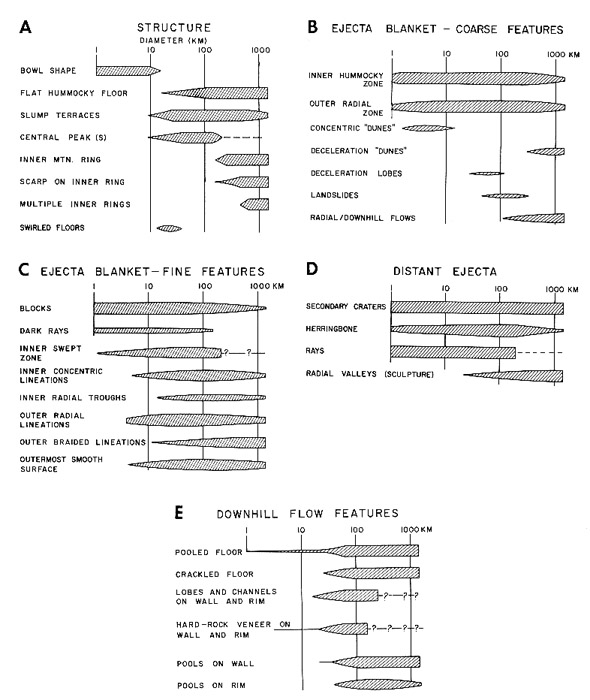Difference between revisions of "July 26, 2009"
| Line 3: | Line 3: | ||
<!-- ws:start:WikiTextHeadingRule:2:<h1> --> | <!-- ws:start:WikiTextHeadingRule:2:<h1> --> | ||
<!-- ws:start:WikiTextLocalImageRule:8:<img src="/file/view/LPOD-July26-09.jpg/82272775/LPOD-July26-09.jpg" alt="" title="" /> -->[[File:LPOD-July26-09.jpg|LPOD-July26-09.jpg]]<!-- ws:end:WikiTextLocalImageRule:8 --><br /> | <!-- ws:start:WikiTextLocalImageRule:8:<img src="/file/view/LPOD-July26-09.jpg/82272775/LPOD-July26-09.jpg" alt="" title="" /> -->[[File:LPOD-July26-09.jpg|LPOD-July26-09.jpg]]<!-- ws:end:WikiTextLocalImageRule:8 --><br /> | ||
| − | <em>diagram from [http://articles.adsabs.harvard.edu/cgi-bin/nph-iarticle_query?1974LPSC....5...61H&amp;data_type=PDF_HIGH&amp;whole_paper=YES&amp;type=PRINTER&amp;filetype=.pdf | + | <em>diagram from [http://articles.adsabs.harvard.edu/cgi-bin/nph-iarticle_query?1974LPSC....5...61H&amp;data_type=PDF_HIGH&amp;whole_paper=YES&amp;type=PRINTER&amp;filetype=.pdf Keith Howard]</em><br /> |
<br /> | <br /> | ||
| − | Impact craters are the most important type of landform across the solar system. Based on study of relatively fresh impact craters on the Moon using high resolution satellite images various researchers in the late 60s and early 70s recognized that there were systematic changes in the occurrence of details of crater morphology with increasing crater diameter. In 1974 Keith Howard of the US Geological Survey assembled this diagram to summarize the diameter range where 33 different morphological features are common. The most familiar part of this diagram is part A which documents the progression of simple, bowl-shaped craters to complex craters and then basins. The other four parts of the diagram describe deposits external to the crater rim, describing ejecta characteristics that are often only visible in high resolution closeups of very fresh craters. One feature that seems surprising is that rays (Part D) are said to disappear for craters larger than a few hundred kilometers in diameter. In truth, there are no large craters at these diameters that are fresh enough to have preserved rays. Part E also concerns a feature of impact craters that normally requires very high resolution to detect - impact melt ponds and related flows of melt. Followers of LPOD know that the best place to detect melt ponds from Earth is on the northern slopes of [http://www.lpod.org/?m=20071006 | + | Impact craters are the most important type of landform across the solar system. Based on study of relatively fresh impact craters on the Moon using high resolution satellite images various researchers in the late 60s and early 70s recognized that there were systematic changes in the occurrence of details of crater morphology with increasing crater diameter. In 1974 Keith Howard of the US Geological Survey assembled this diagram to summarize the diameter range where 33 different morphological features are common. The most familiar part of this diagram is part A which documents the progression of simple, bowl-shaped craters to complex craters and then basins. The other four parts of the diagram describe deposits external to the crater rim, describing ejecta characteristics that are often only visible in high resolution closeups of very fresh craters. One feature that seems surprising is that rays (Part D) are said to disappear for craters larger than a few hundred kilometers in diameter. In truth, there are no large craters at these diameters that are fresh enough to have preserved rays. Part E also concerns a feature of impact craters that normally requires very high resolution to detect - impact melt ponds and related flows of melt. Followers of LPOD know that the best place to detect melt ponds from Earth is on the northern slopes of [http://www.lpod.org/?m=20071006 Theophilus]. As a knowledgeable observer you can mentally compare this chart with any crater you observe to see how it matches these trends. A few craters fail to match, because they are not of impact origin (Hyginus), and many others don't because they are no longer morphologically fresh and have lost their original features. For the vast majority this is a good guide.<br /> |
<br /> | <br /> | ||
| − | <em>[mailto:tychocrater@yahoo.com | + | <em>[mailto:tychocrater@yahoo.com Chuck Wood]</em><br /> |
<br /> | <br /> | ||
<strong>Technical Details</strong><br /> | <strong>Technical Details</strong><br /> | ||
| − | Keith Howard (1974) [http://articles.adsabs.harvard.edu/cgi-bin/nph-iarticle_query?1974LPSC....5...61H&amp;data_type=PDF_HIGH&amp;whole_paper=YES&amp;type=PRINTER&amp;filetype=.pdf | + | Keith Howard (1974) [http://articles.adsabs.harvard.edu/cgi-bin/nph-iarticle_query?1974LPSC....5...61H&amp;data_type=PDF_HIGH&amp;whole_paper=YES&amp;type=PRINTER&amp;filetype=.pdf Fresh lunar impact craters: Review of variations with size] Proc. 5th Lunar Science Conference vol. 1, p 61-69.<br /> |
<br /> | <br /> | ||
<hr /> | <hr /> | ||
Revision as of 18:00, 17 January 2015
Crater Systematics

diagram from Keith Howard
Impact craters are the most important type of landform across the solar system. Based on study of relatively fresh impact craters on the Moon using high resolution satellite images various researchers in the late 60s and early 70s recognized that there were systematic changes in the occurrence of details of crater morphology with increasing crater diameter. In 1974 Keith Howard of the US Geological Survey assembled this diagram to summarize the diameter range where 33 different morphological features are common. The most familiar part of this diagram is part A which documents the progression of simple, bowl-shaped craters to complex craters and then basins. The other four parts of the diagram describe deposits external to the crater rim, describing ejecta characteristics that are often only visible in high resolution closeups of very fresh craters. One feature that seems surprising is that rays (Part D) are said to disappear for craters larger than a few hundred kilometers in diameter. In truth, there are no large craters at these diameters that are fresh enough to have preserved rays. Part E also concerns a feature of impact craters that normally requires very high resolution to detect - impact melt ponds and related flows of melt. Followers of LPOD know that the best place to detect melt ponds from Earth is on the northern slopes of Theophilus. As a knowledgeable observer you can mentally compare this chart with any crater you observe to see how it matches these trends. A few craters fail to match, because they are not of impact origin (Hyginus), and many others don't because they are no longer morphologically fresh and have lost their original features. For the vast majority this is a good guide.
Chuck Wood
Technical Details
Keith Howard (1974) Fresh lunar impact craters: Review of variations with size Proc. 5th Lunar Science Conference vol. 1, p 61-69.



